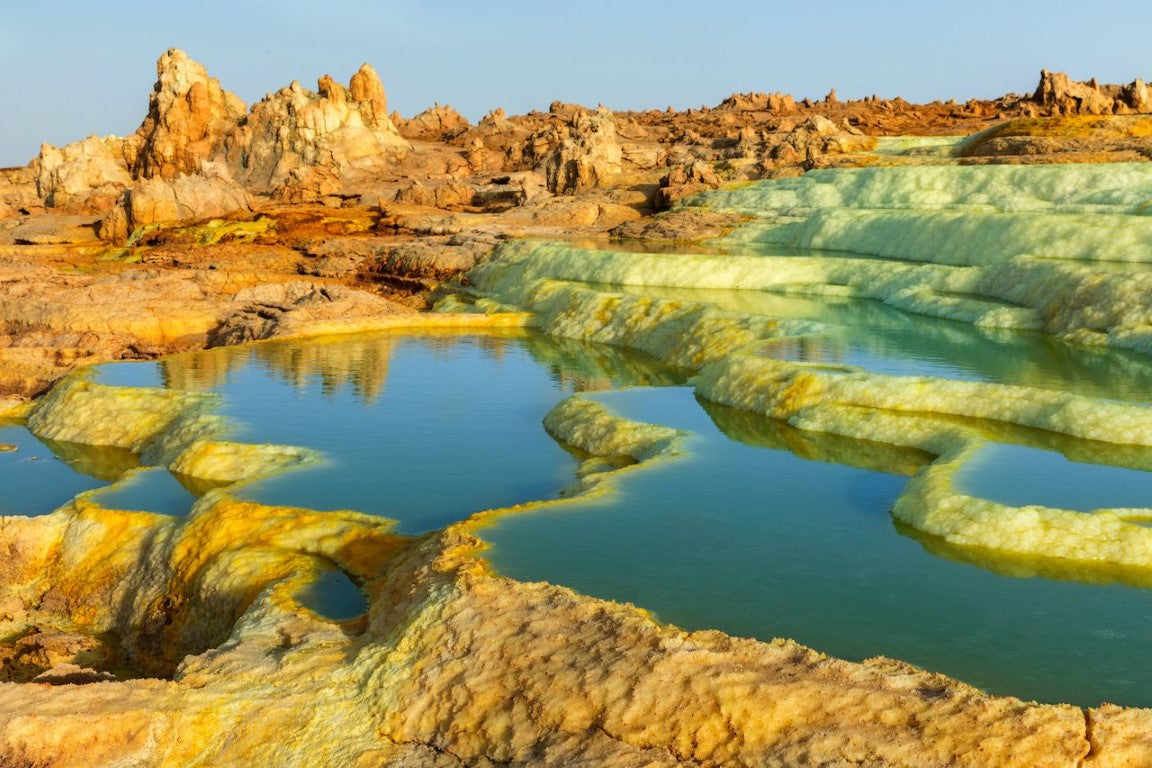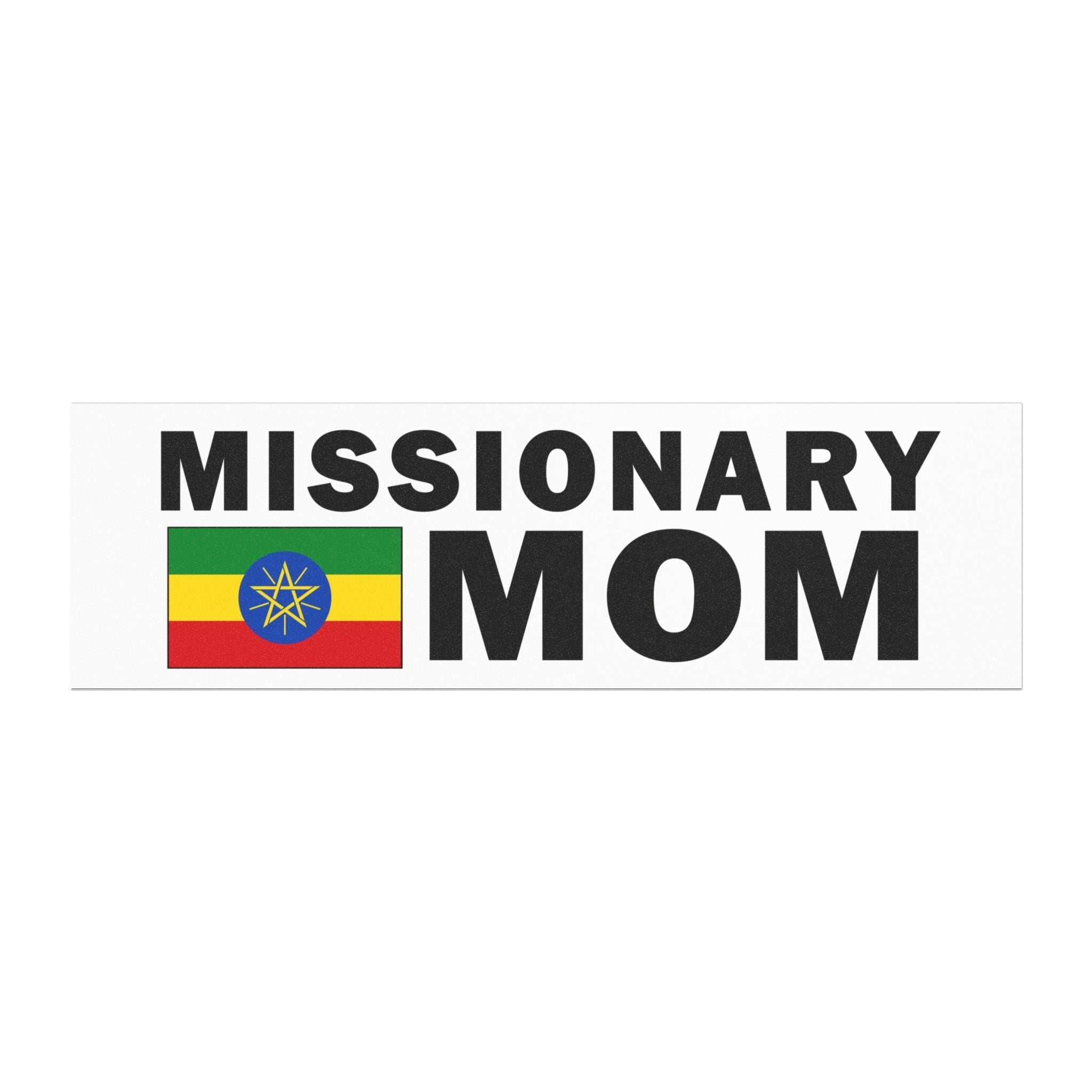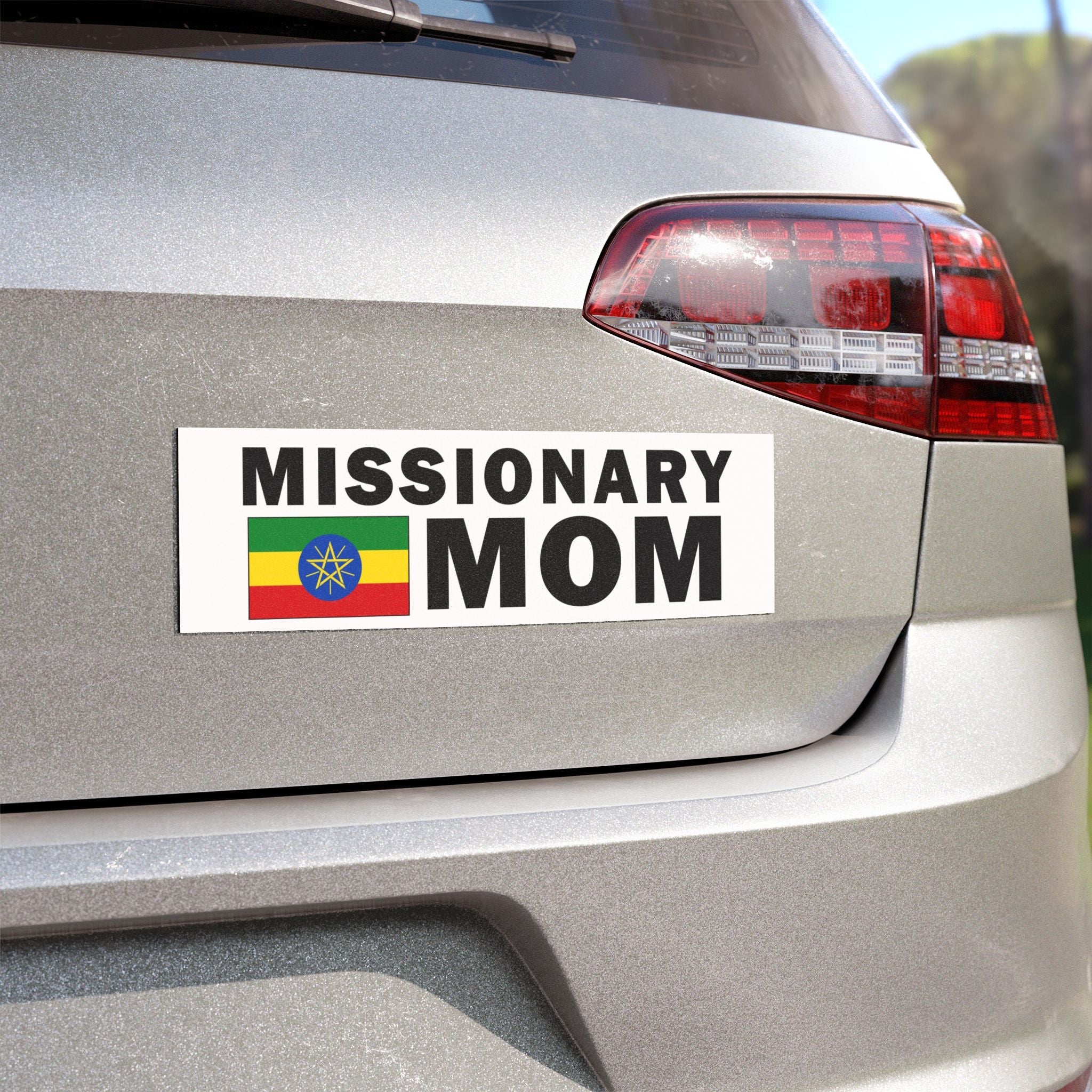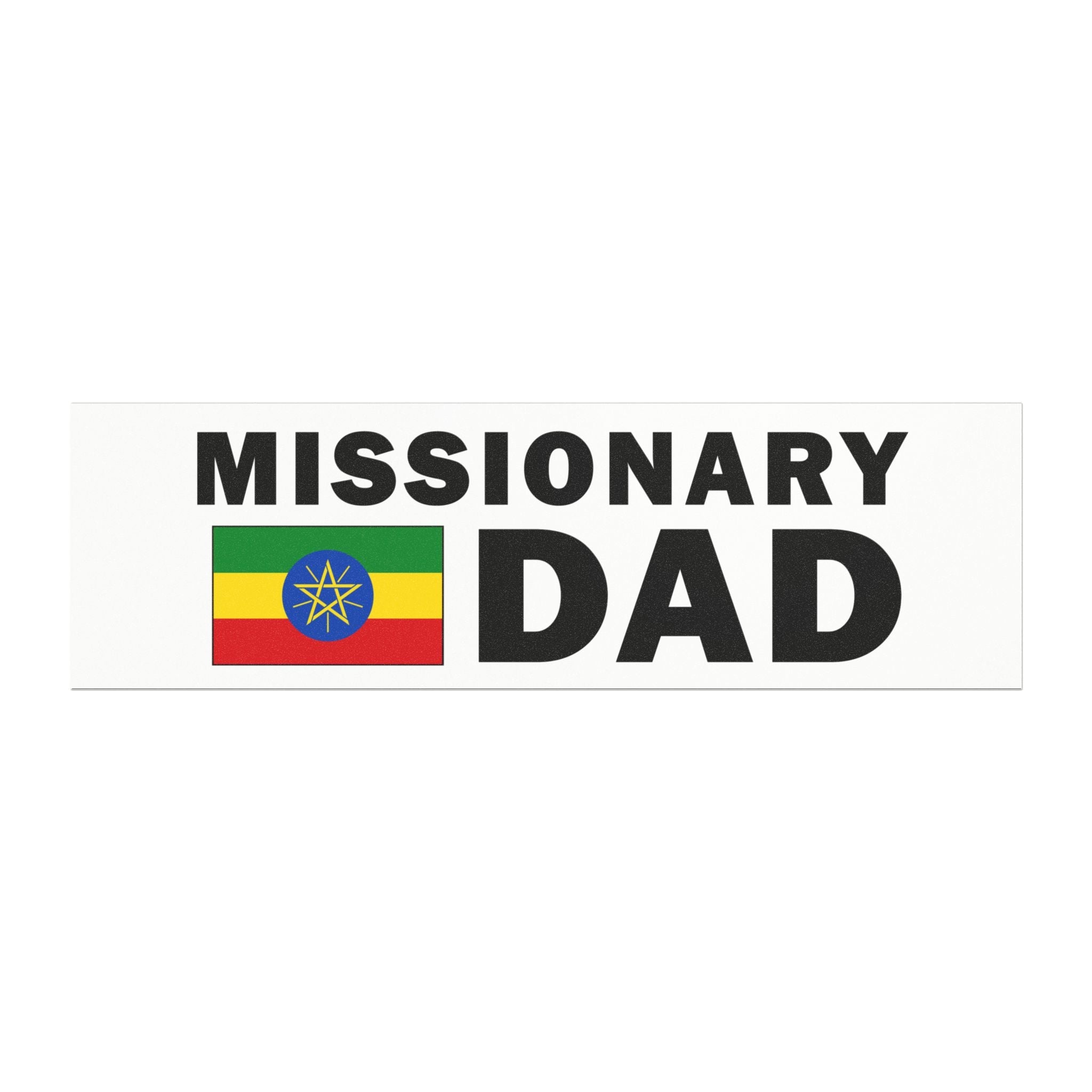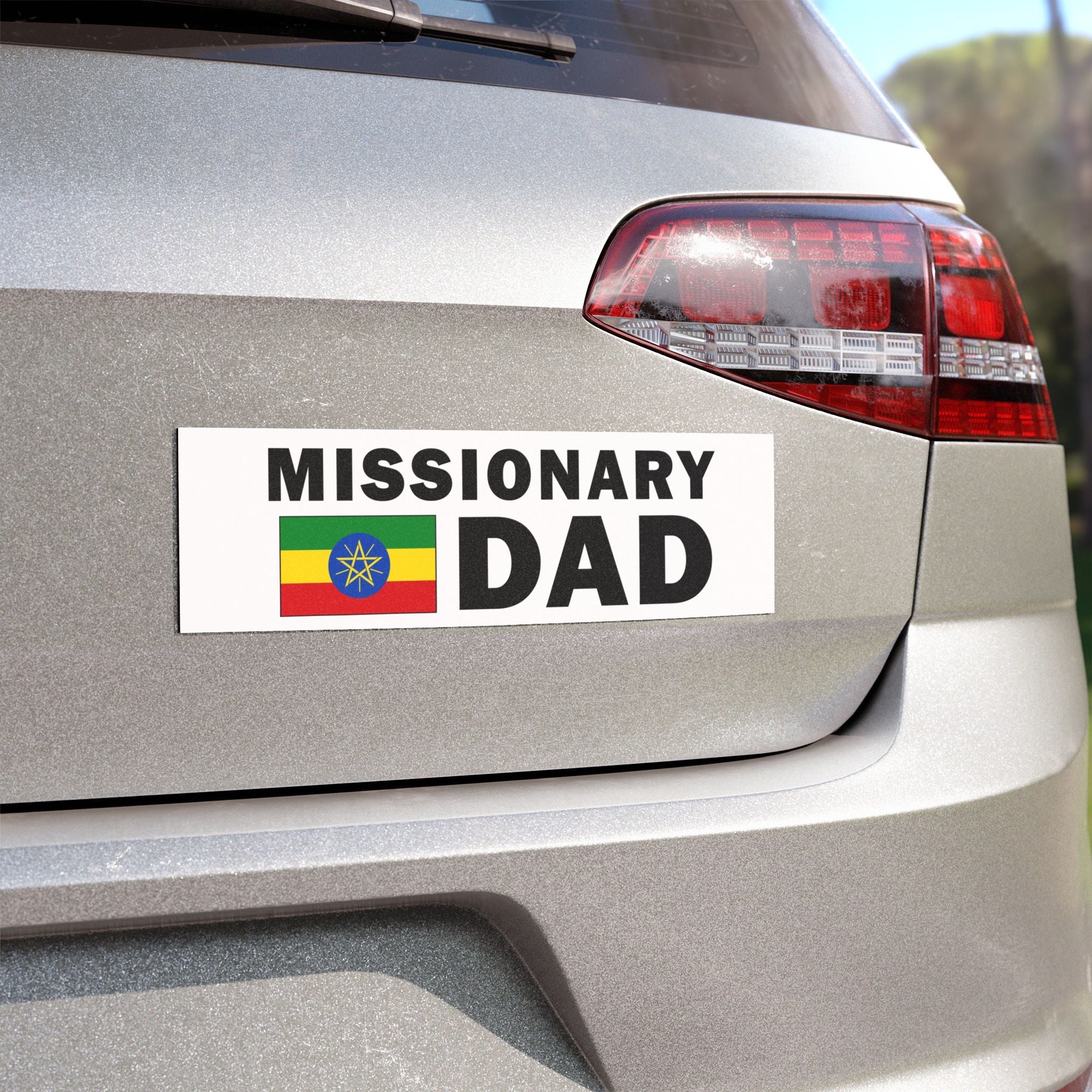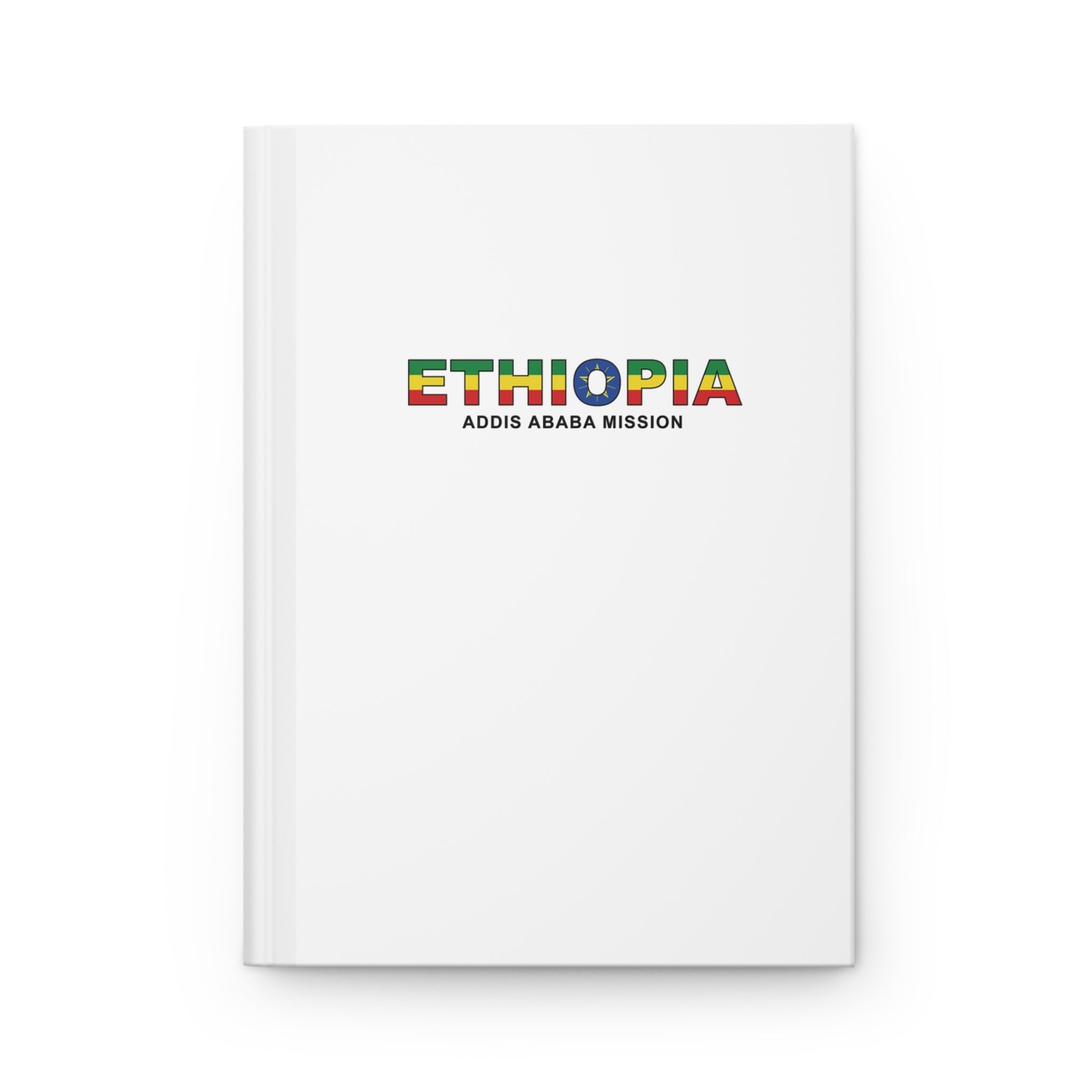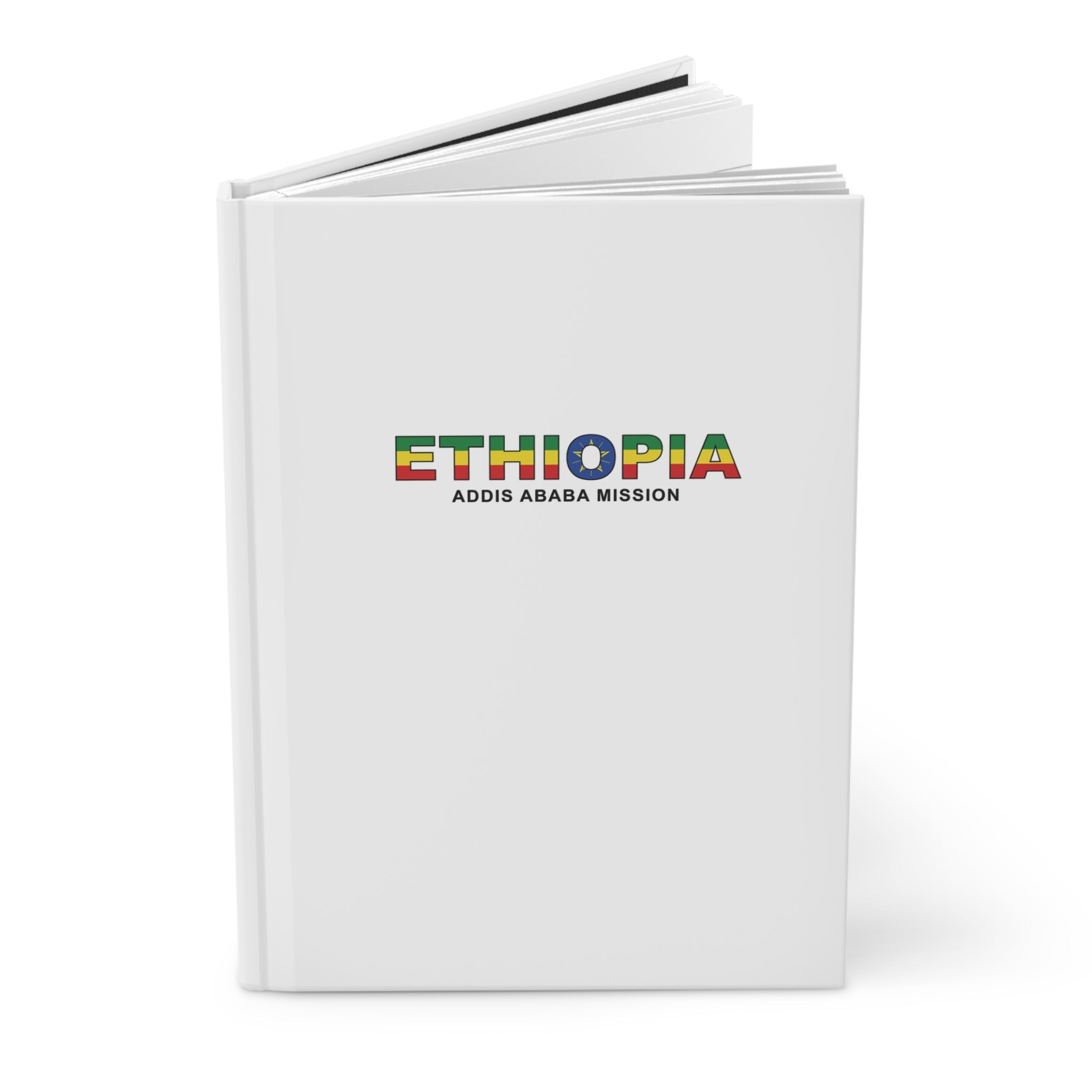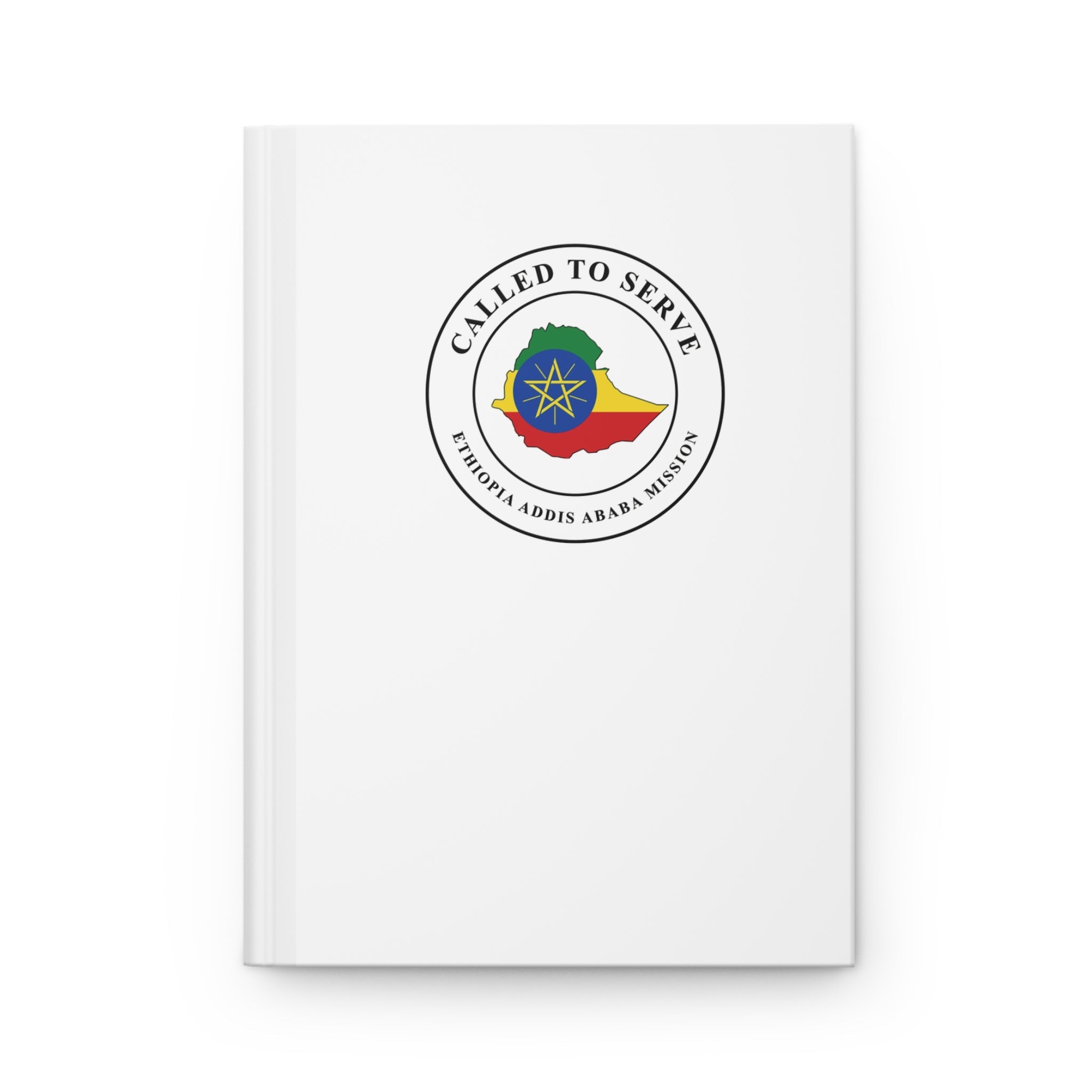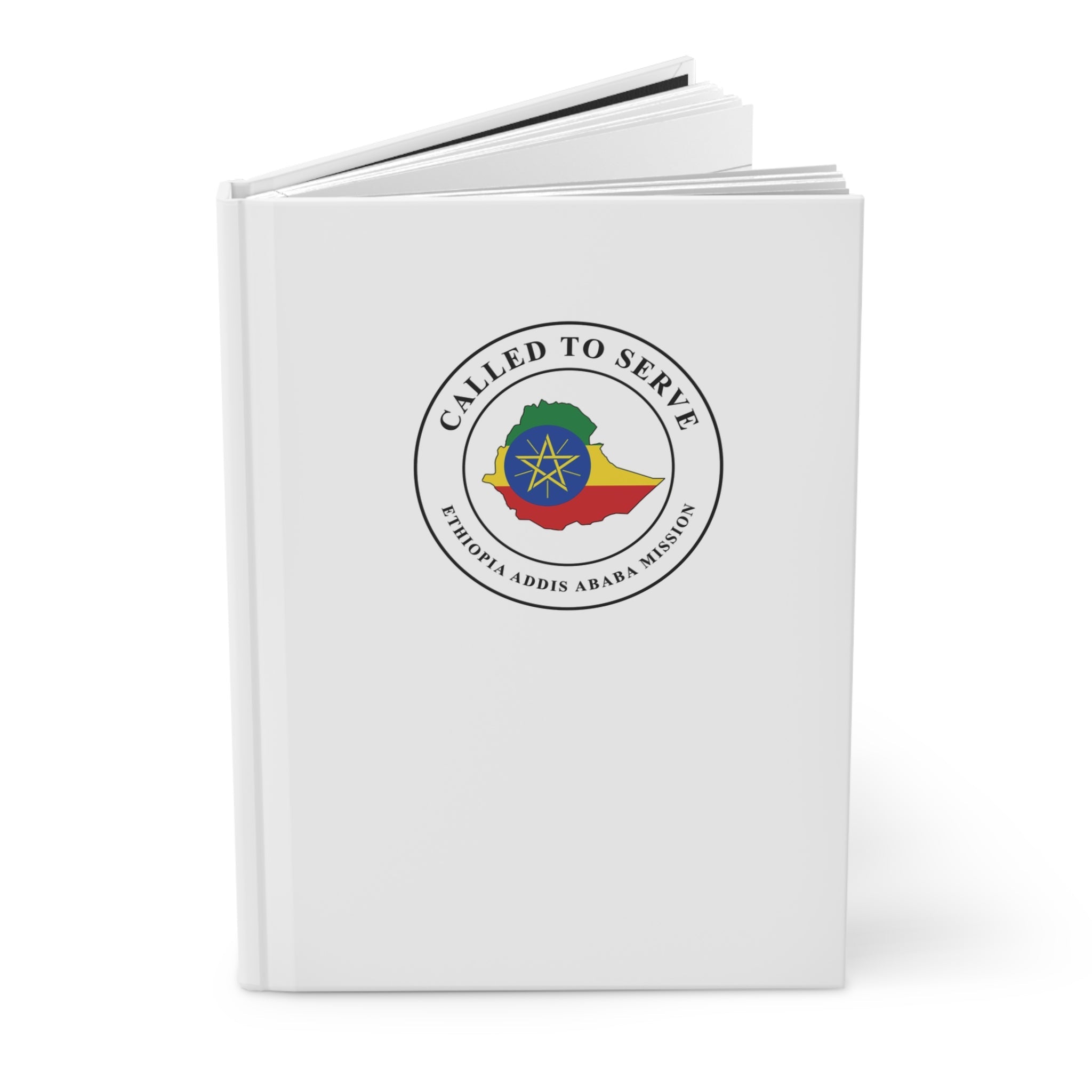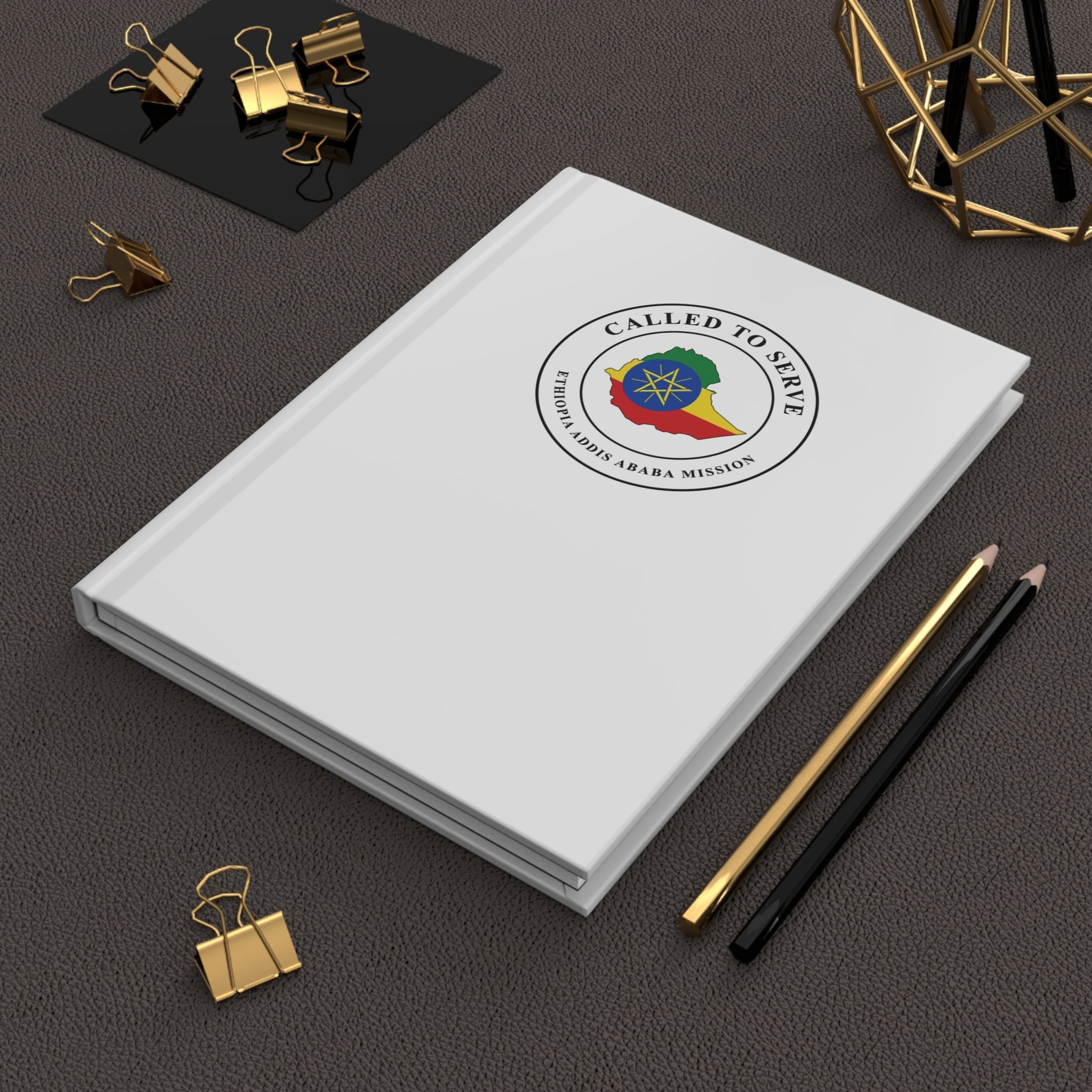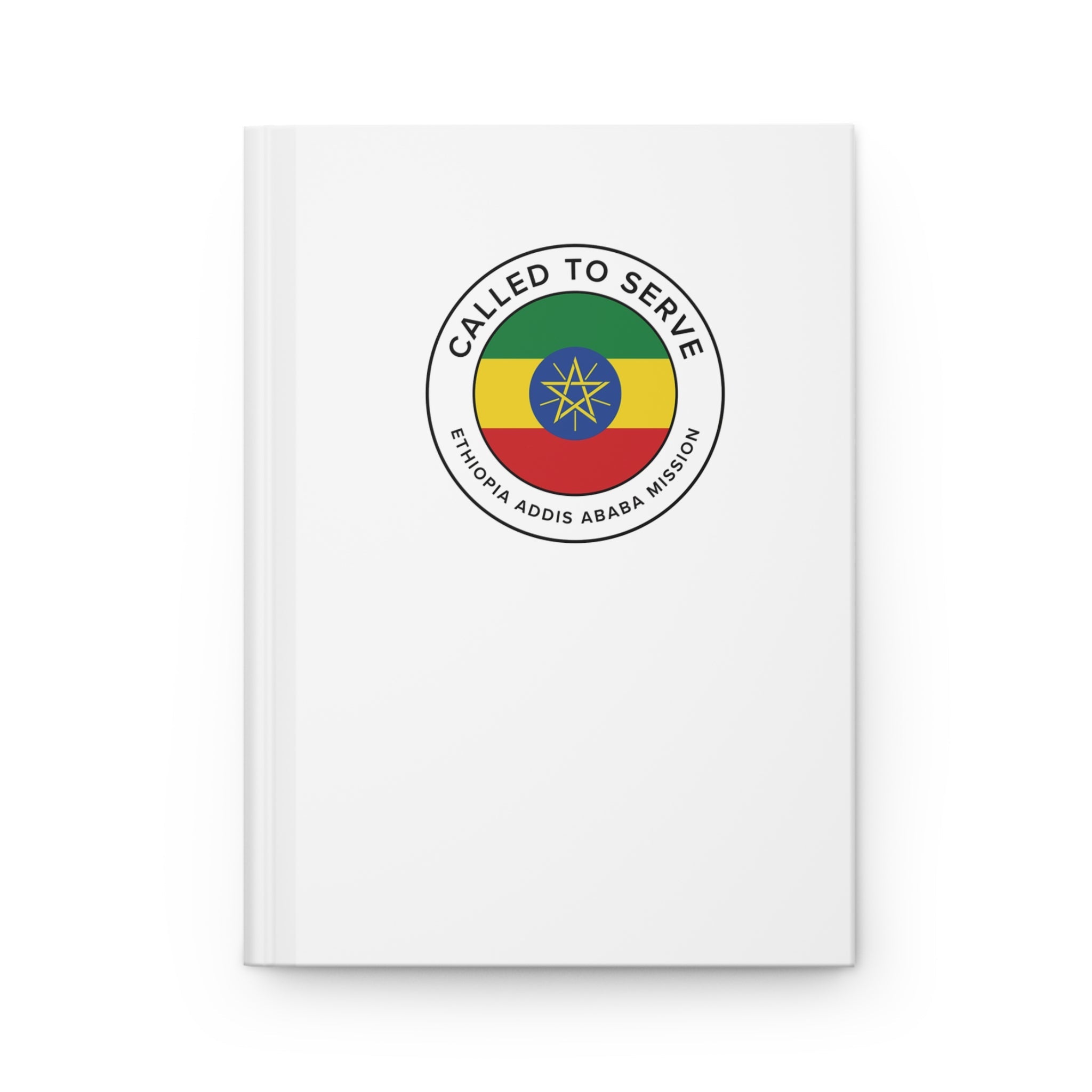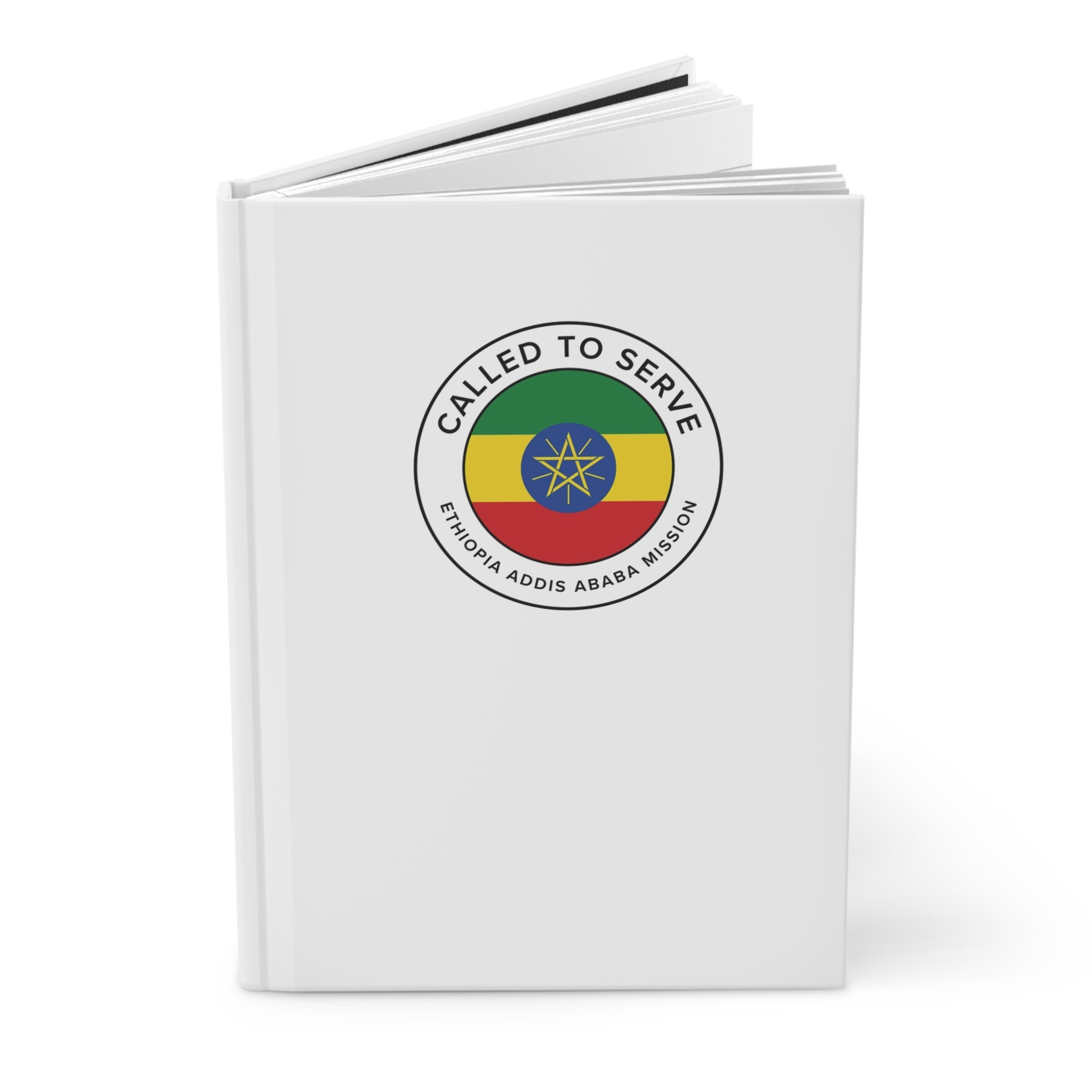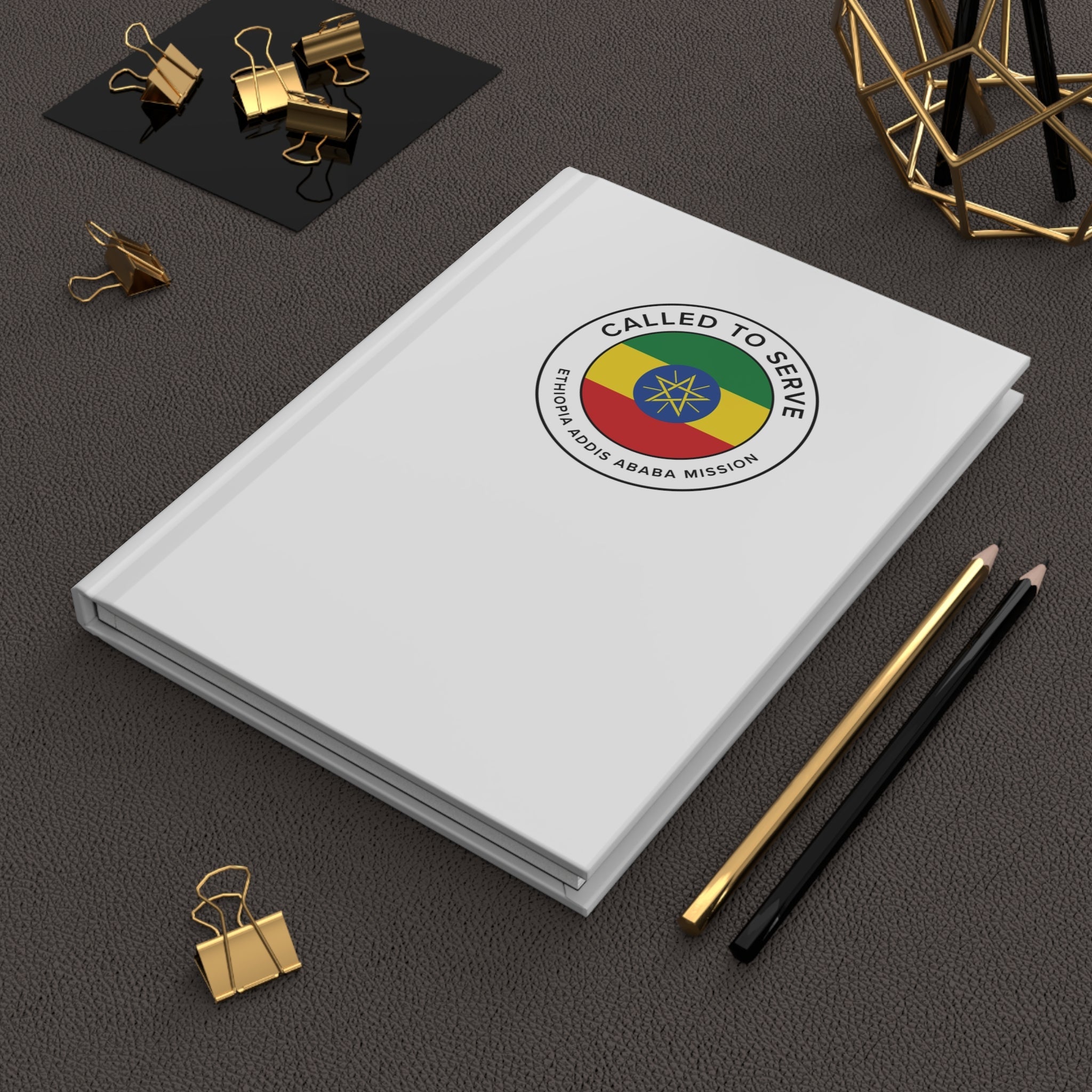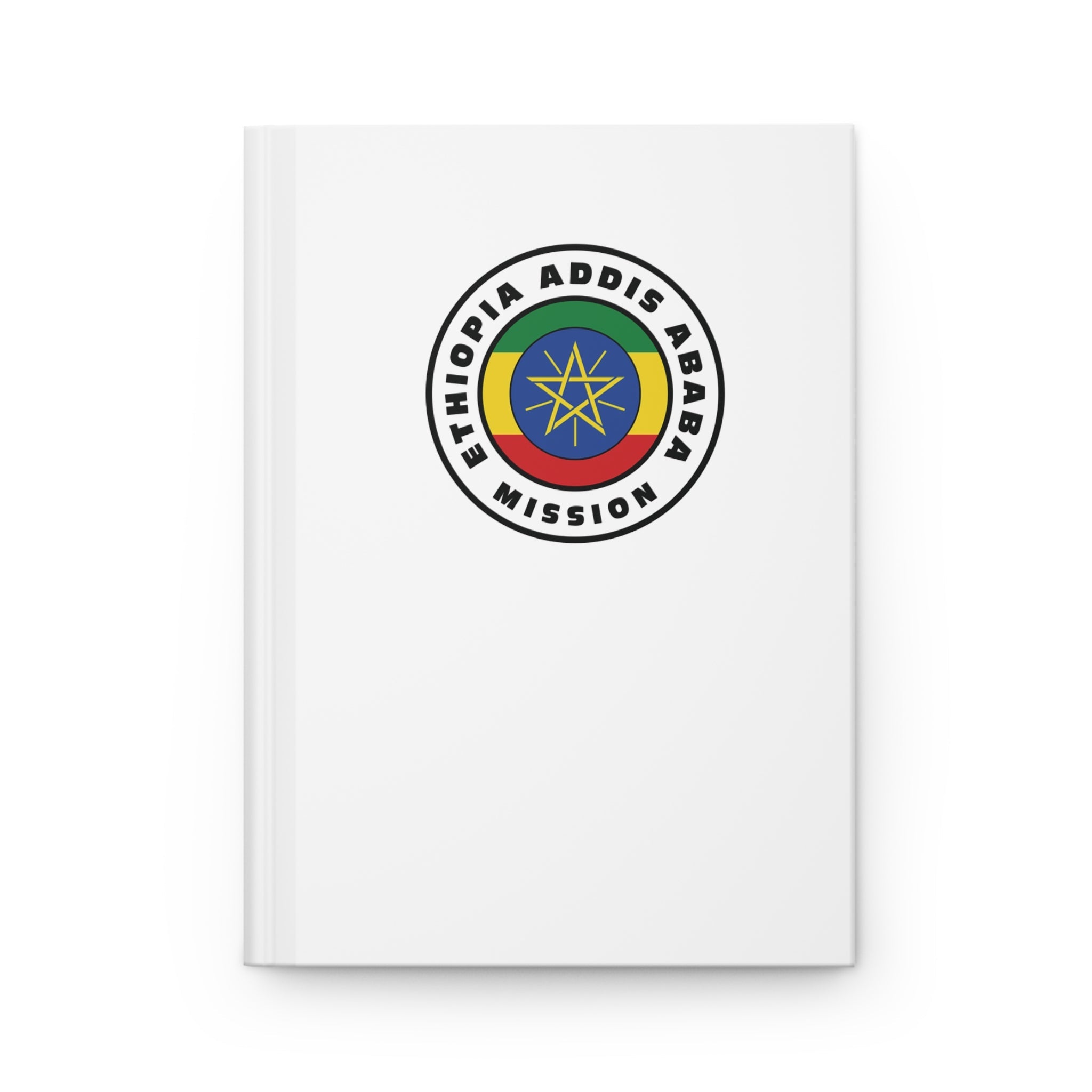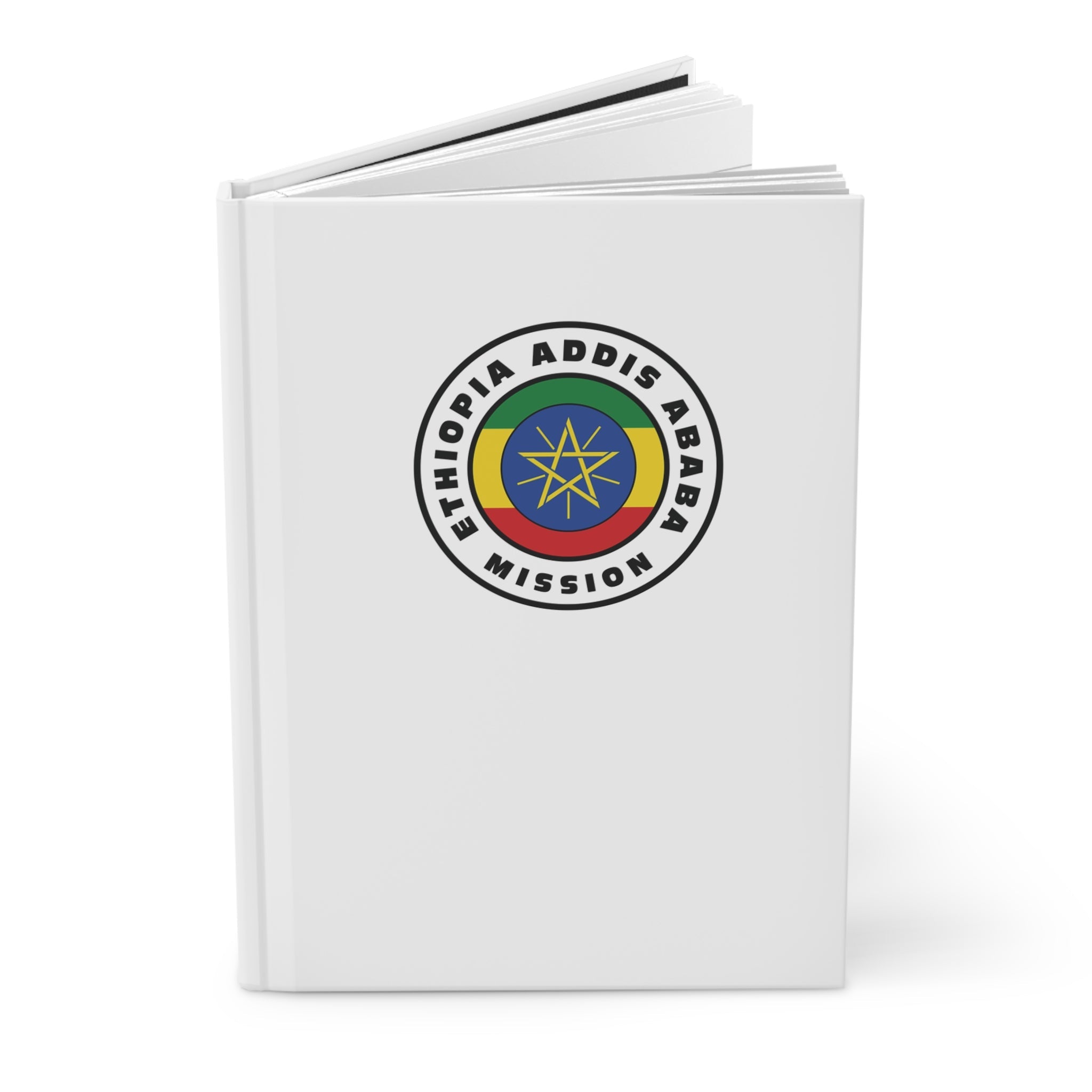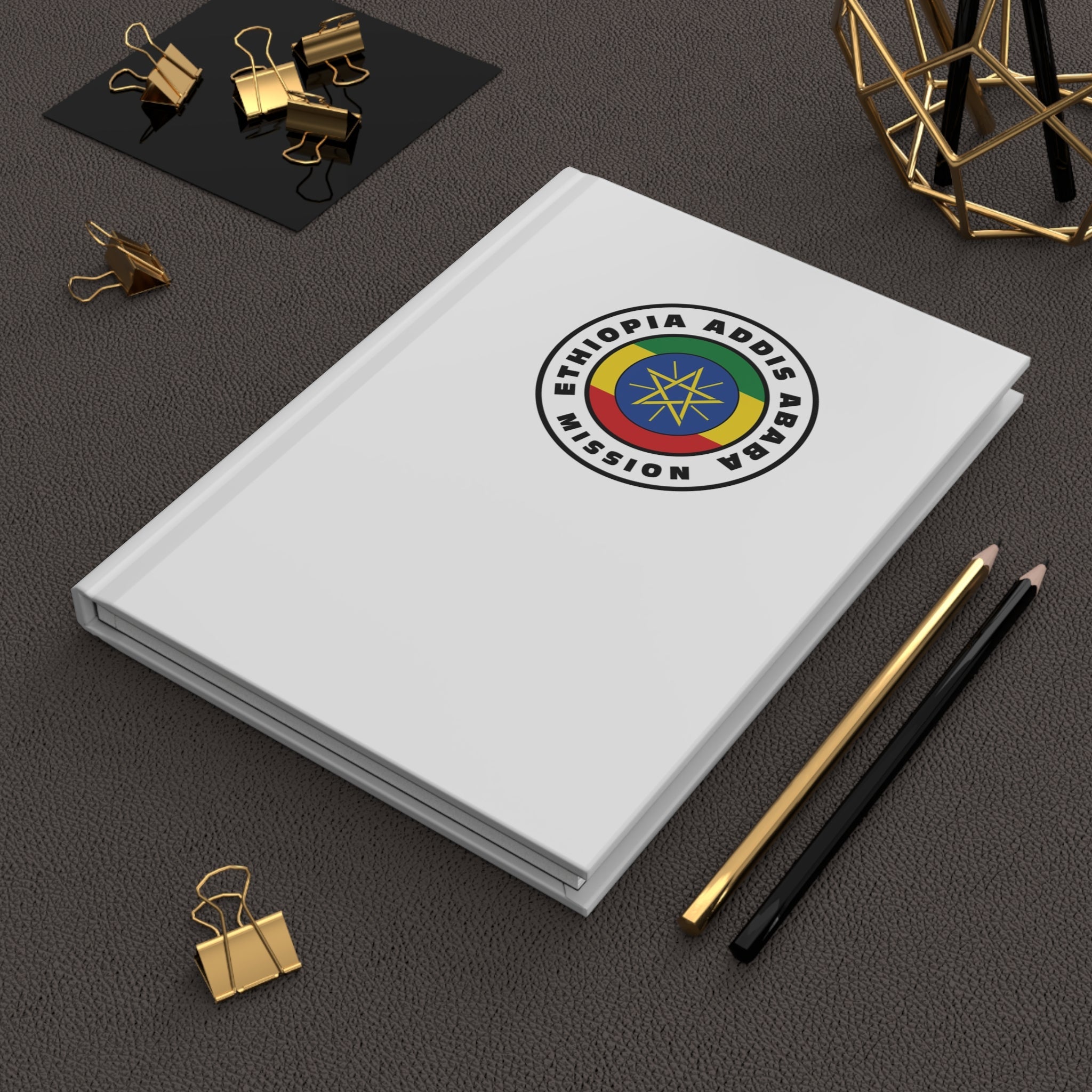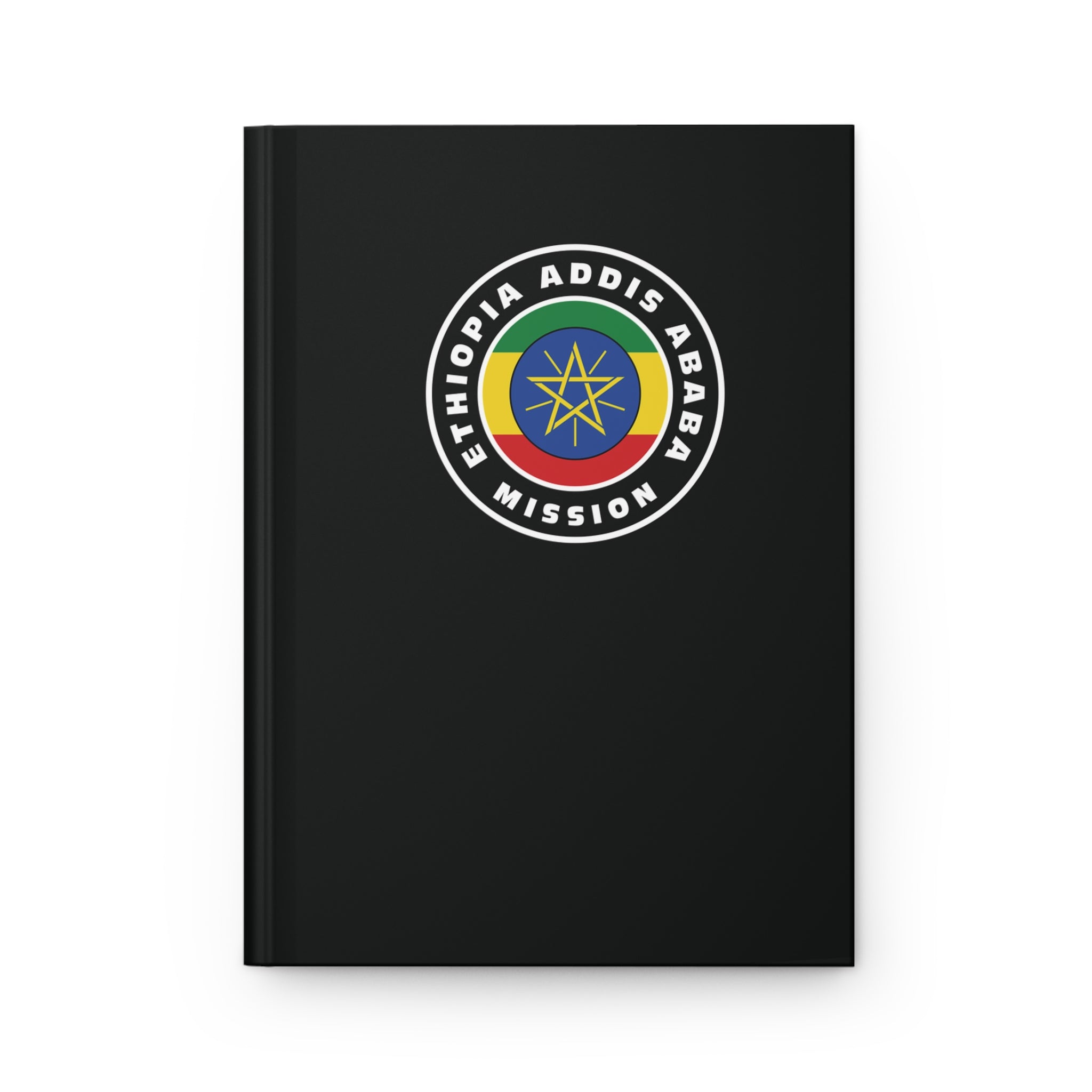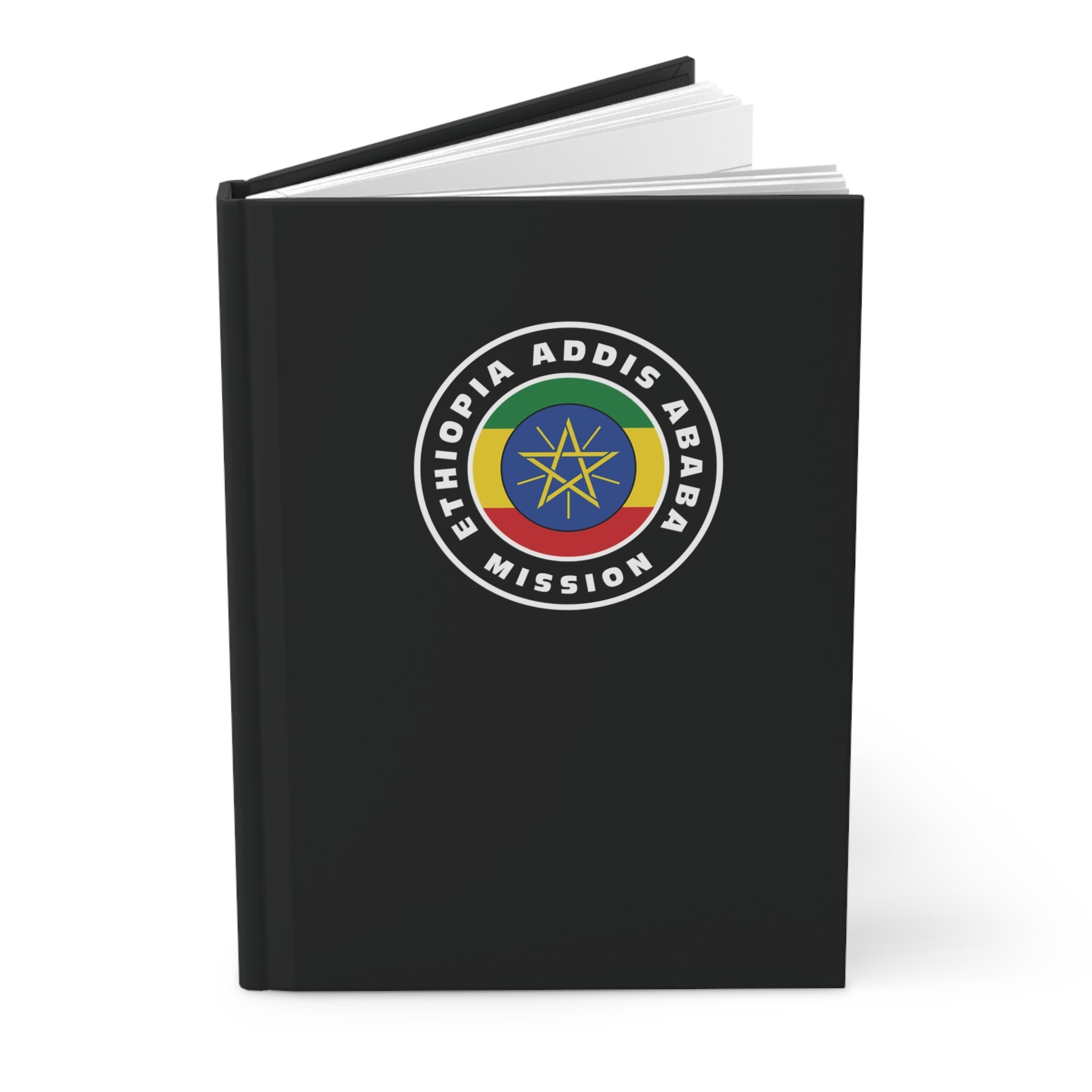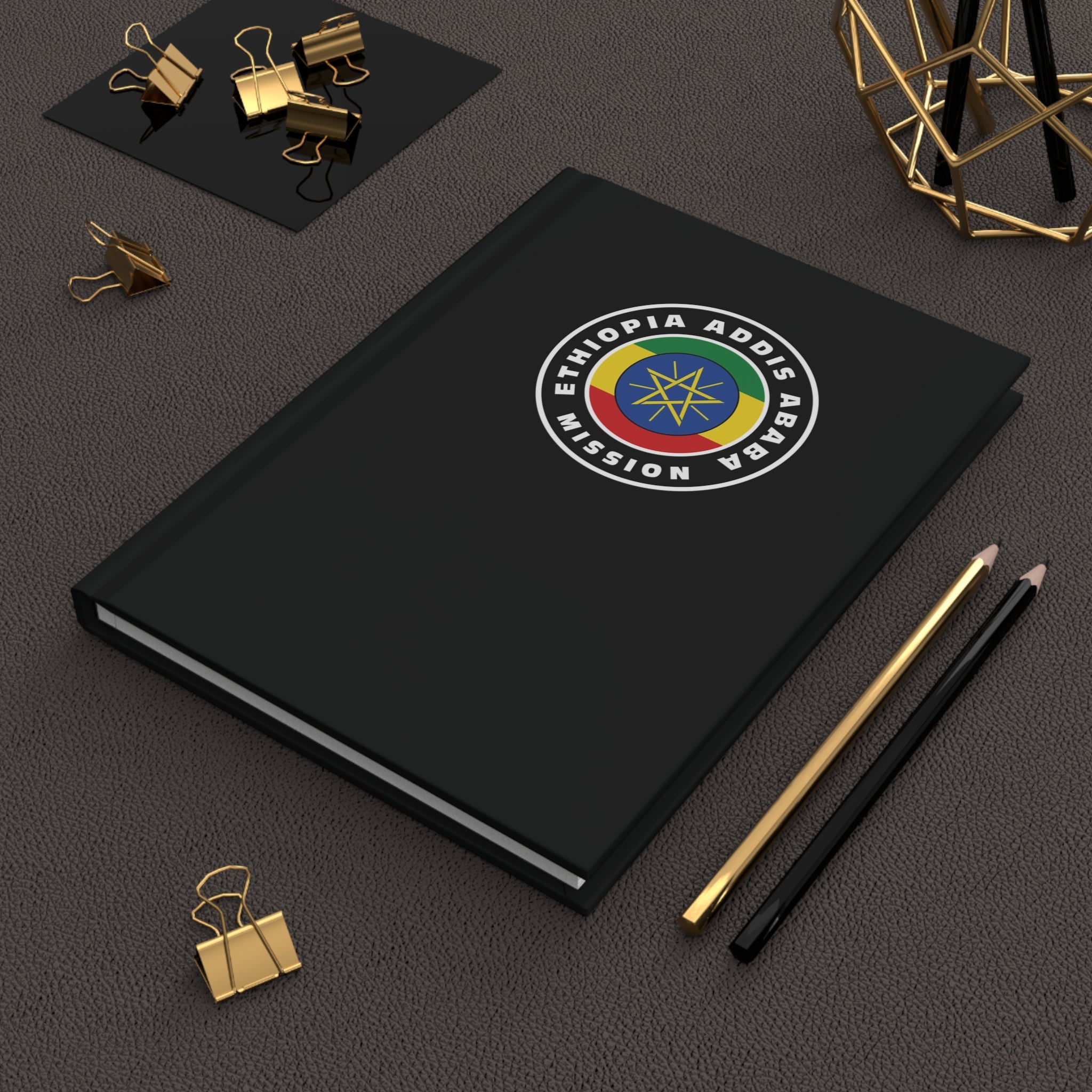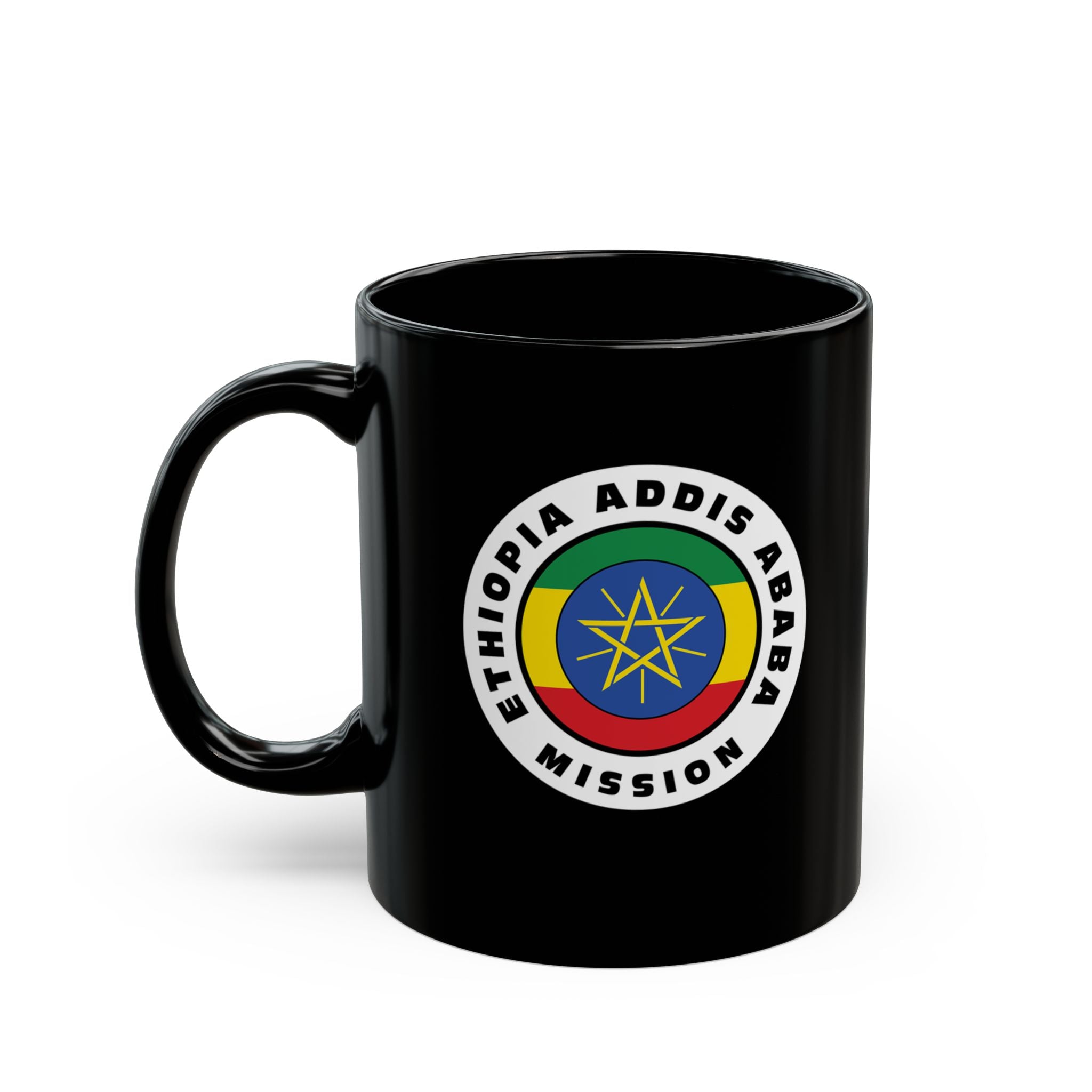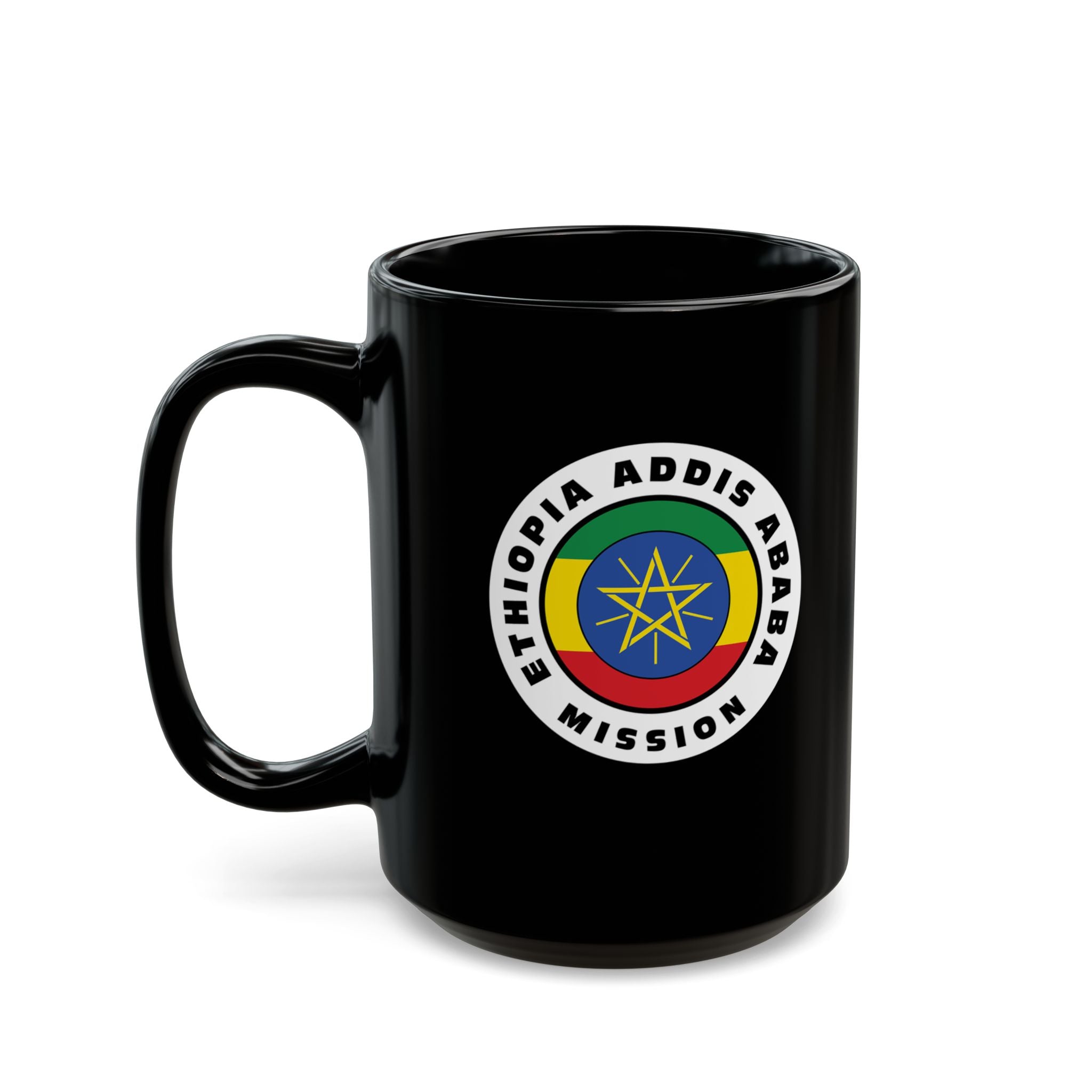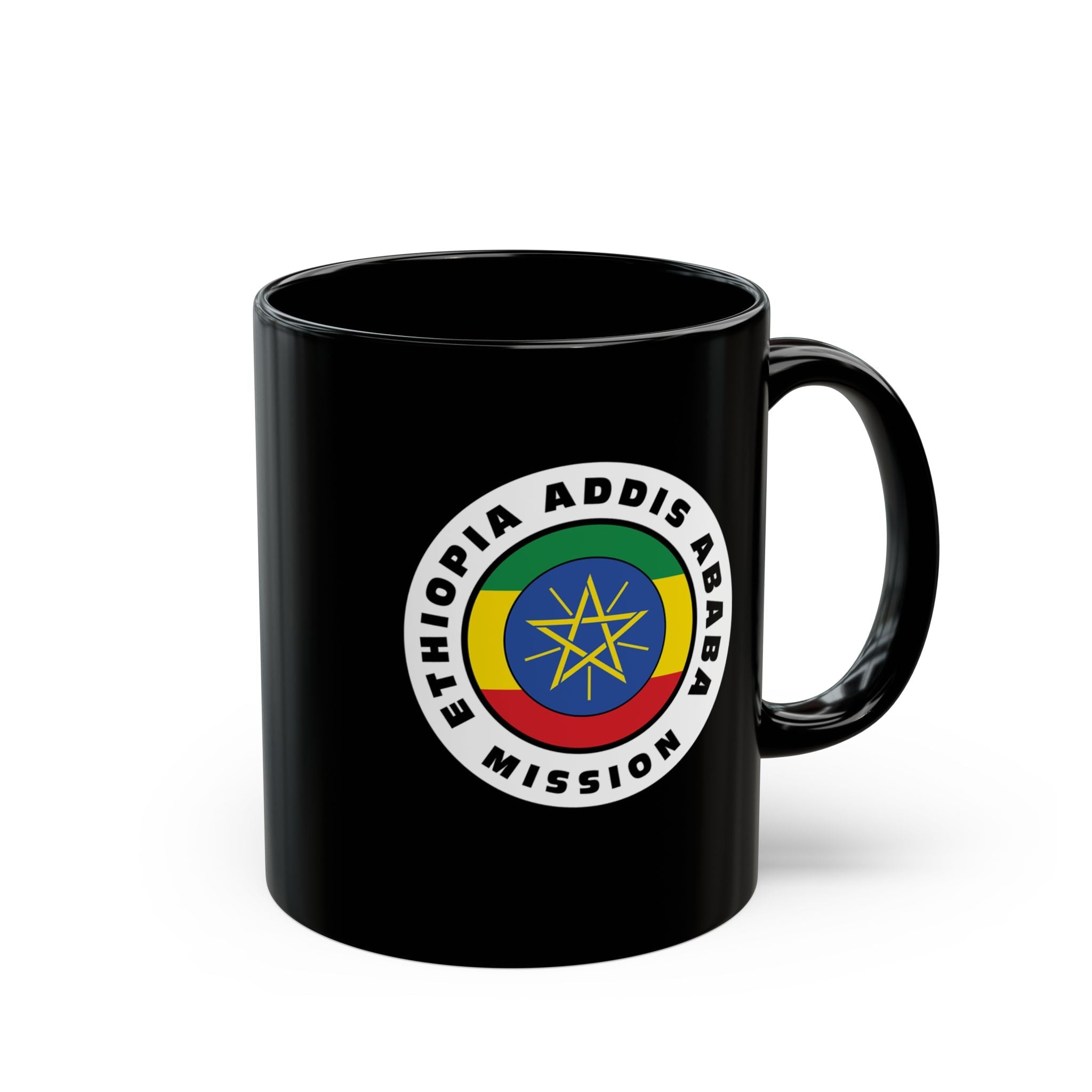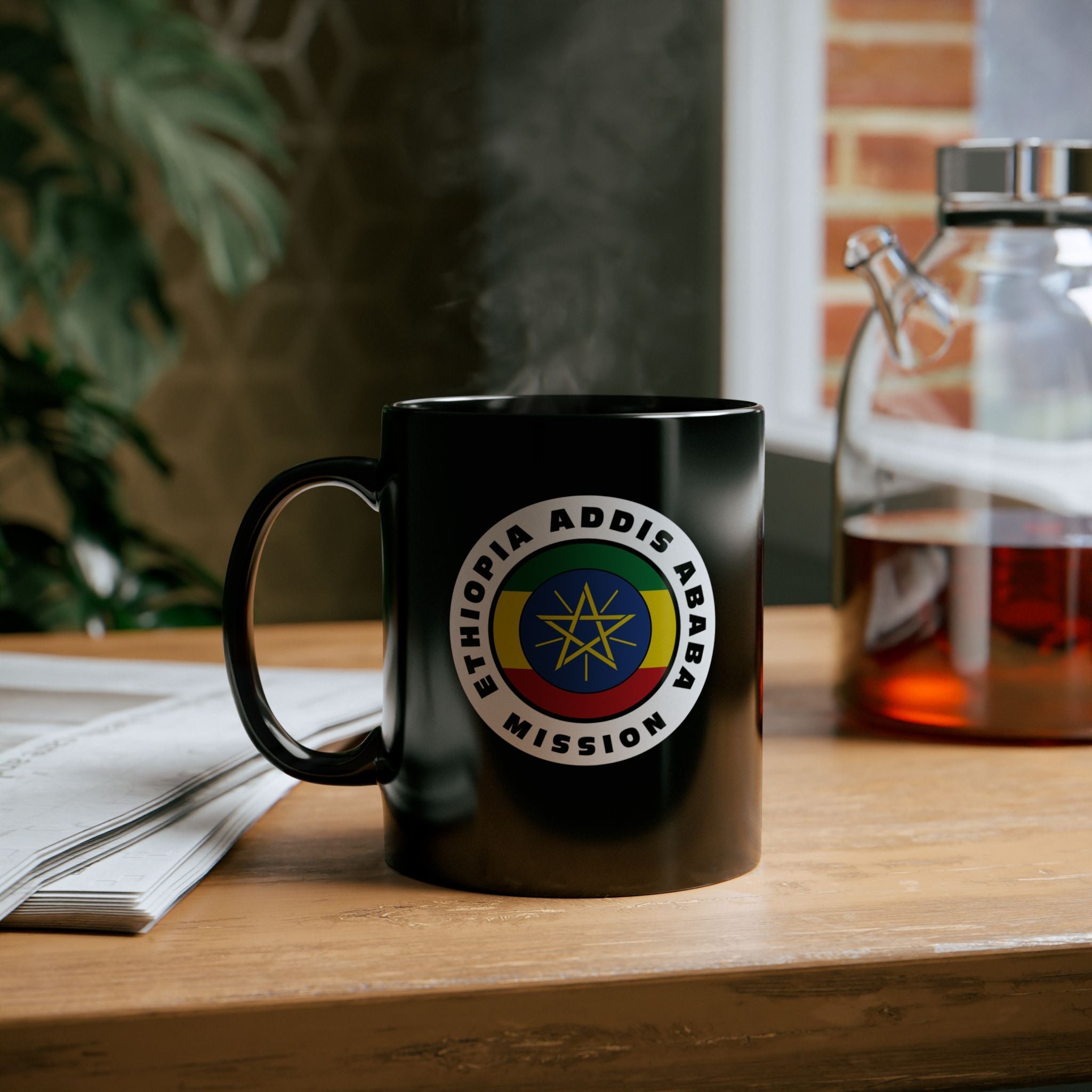The first members in Ethiopia were expatriates attached to embassies who held Church meetings in homes in Addis Ababa. In March 1985 Church Apostle Elder M. Russell Ballard and Elder Glenn L. Pace of the Seventy visited Addis Ababa with Church relief supplies. The Church donated some $2.8 million for famine relief and irrigation development in Ethiopia and neighboring countries, such as Sudan.
The Kenya Nairobi Mission, which includes Ethiopia, was created in 1991, and the first official Church meeting was held in Addis Ababa in August 1992. In 1993 the Church was legally registered and the first missionary couple arrived. In February 1993 the first missionaries arrived, Elder Eugene and Sister Ruth Hilton. The Church was legally registered on 16 September 1993.
The Addis Ababa Branch (a small congregation) was created in January 1994 and was presided over by Girma Denisa. He was the first Ethiopian to serve the Church as a full-time missionary.
A representative from Ethiopia attended the lighting ceremony for the 1995 Festival of Lights at the Washington D.C. Temple Visitors' Center in 1995. Ethiopia was among some 50 nations represented at the widely publicized event.
Members from Ethiopia traveled to Nairobi, Kenya, to see President Gordon B. Hinckley when he visited there on 17 February 1998.
In 2003 the Church donated several thousand tons of food to famine victims in Ethiopia.
